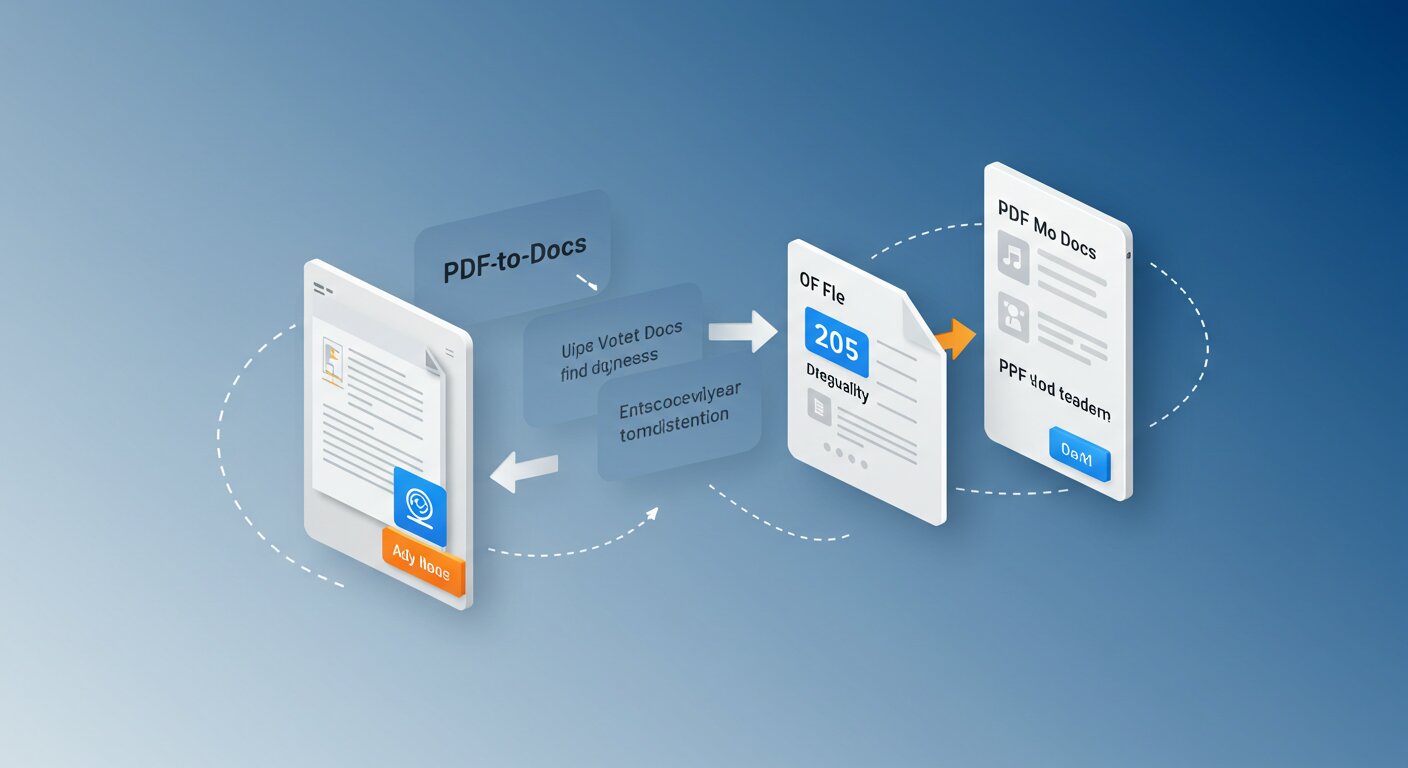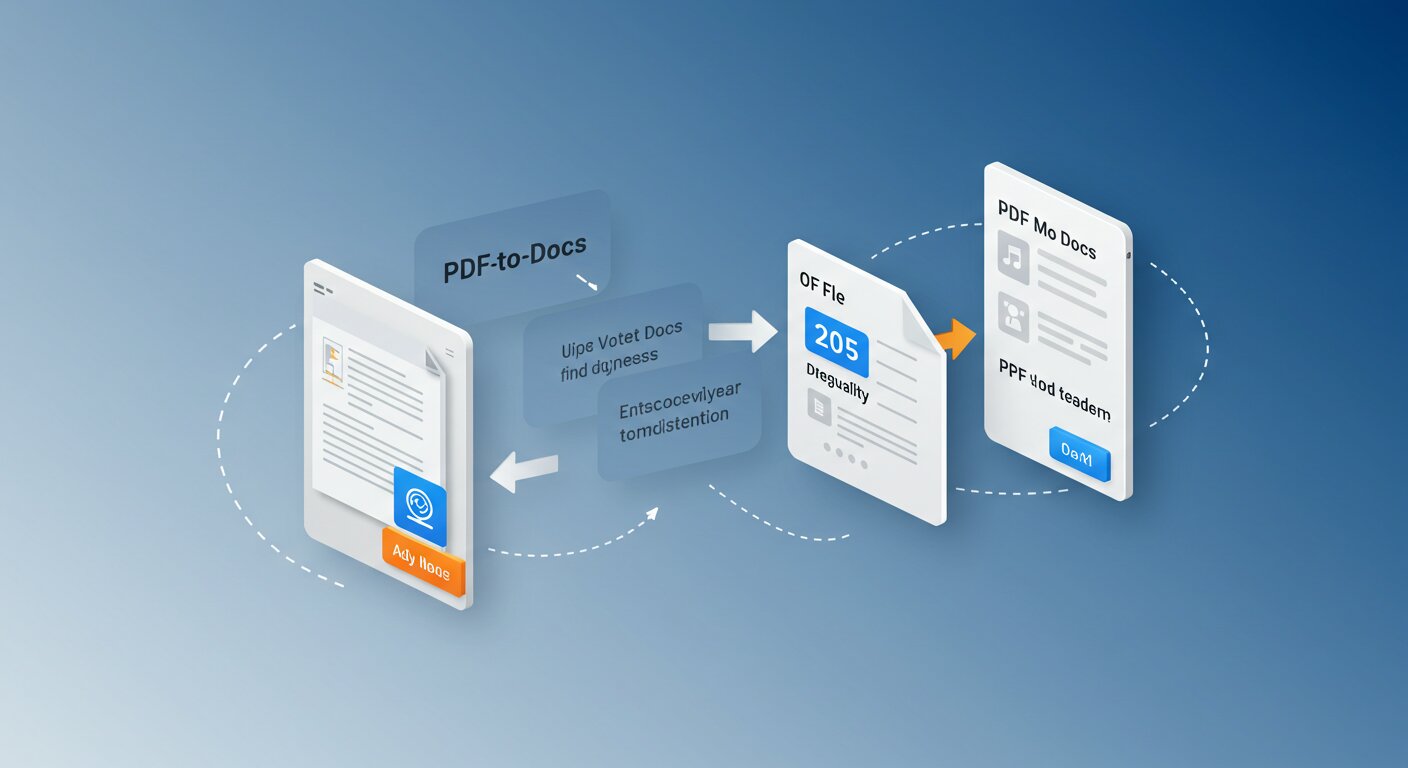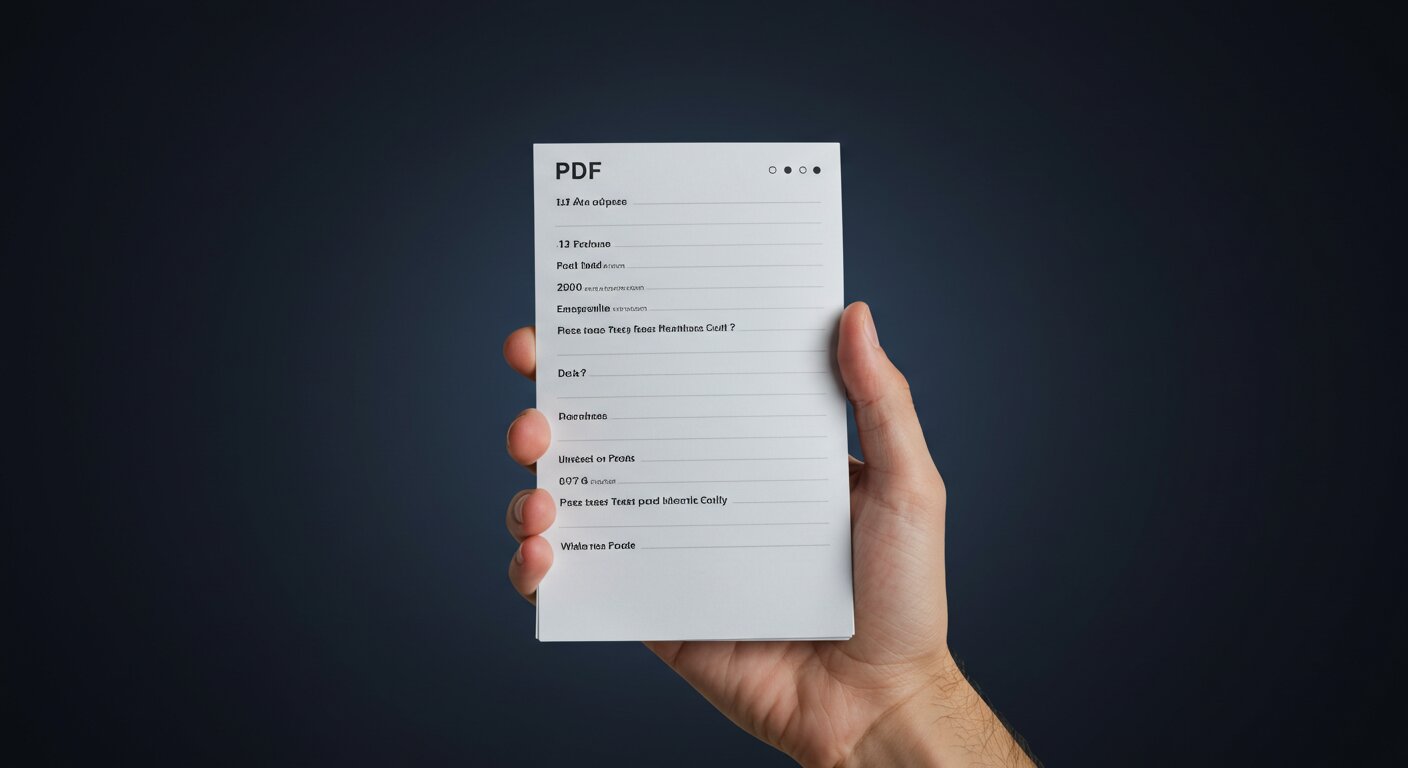Top 10 PDF Conversion Challenges (And How to Solve Them)
Table of Contents
- Maintaining Formatting When Converting to DOCX
- Handling PDFs with Complex Tables or Graphics
- Converting Scanned PDFs with Text Recognition Challenges
- Managing Large PDF Files Without Timeouts or Errors
- Converting Password-Protected PDFs
- Handling Documents with Special Characters or Multiple Languages
- Preserving Hyperlinks in Conversions
- Batch Conversion Best Practices
- Converting PDFs on Low-Powered Devices
- Mac-Specific PDF Conversion Issues
- Conclusion: A Better Approach to PDF Conversion
PDF files are the standard for document sharing, but converting them to editable formats like DOCX or plain text can present numerous challenges. Whether you’re dealing with complex formatting, large files, or security concerns, this guide will help you overcome the most common PDF conversion obstacles.
1. Maintaining Formatting When Converting to DOCX
The Challenge
When converting PDFs to Word documents, formatting elements like fonts, spacing, tables, and images often get distorted or completely lost. This is especially problematic for professionally designed documents or those with precise layouts.
The Solution
Our browser-based converter uses advanced rendering algorithms that preserve the original document’s visual integrity. By processing the document locally on your device, we can:
- Maintain font styles and sizes more accurately
- Preserve paragraph spacing and indentation
- Keep images in their original positions
- Retain table structures without breaking layouts
Unlike server-based solutions that use generic conversion settings, our tool analyzes each document’s unique structure to ensure the most faithful reproduction in DOCX format.
2. Handling PDFs with Complex Tables or Graphics
The Challenge
Tables with merged cells, nested tables, or custom borders often break during conversion. Similarly, vector graphics, charts, and diagrams can lose quality or positioning when converted to editable formats.
The Solution
Our conversion engine employs specialized table detection algorithms that:
- Recognize complex table structures
- Maintain cell merging and splitting
- Preserve border styles and cell backgrounds
- Convert vector graphics to appropriate Word-compatible formats
For graphics-heavy documents, we use a hybrid approach that treats some elements as images when necessary to maintain visual fidelity while keeping text elements editable.

3. Converting Scanned PDFs with Text Recognition Challenges
The Challenge
Scanned PDFs are essentially images of text rather than actual text content. Converting these requires Optical Character Recognition (OCR), which can struggle with poor scan quality, unusual fonts, or documents with mixed languages.
The Solution
Our browser-based OCR capabilities include:
- High-accuracy text recognition that works even with lower-quality scans
- Multi-language support for documents containing different alphabets
- Font matching to maintain the look and feel of the original document
- Background cleaning to improve recognition in documents with watermarks or colored backgrounds
By processing OCR directly in your browser, we can provide immediate feedback on recognition quality and allow for adjustments without repeatedly uploading files.
4. Managing Large PDF Files Without Timeouts or Errors
The Challenge
Many online converters impose strict file size limits or time out during large file processing. This forces users to split documents or pay for premium services.
The Solution
Since our converter runs entirely in your browser:
- There are no arbitrary file size limits
- Processing happens at your computer’s speed, not limited by server resources
- No upload time is required, which often accounts for most of the delay with large files
- You can convert sections of large documents if needed without splitting the file
This approach is particularly beneficial for lengthy reports, books, or technical manuals that often exceed the limits of conventional online converters.
5. Converting Password-Protected PDFs
The Challenge
Password-protected PDFs present a security barrier for most conversion tools. Many services require you to remove protection before uploading, which creates additional steps and potential security risks.
The Solution
Our browser-based approach allows you to:
- Enter passwords locally without transmitting them over the internet
- Maintain document security throughout the conversion process
- Convert protected documents without first creating an unprotected version
- Keep sensitive information contained within your own device
This process is not only more secure but also more convenient, eliminating the need for separate password removal tools.
6. Handling Documents with Special Characters or Multiple Languages
The Challenge
PDFs containing multiple languages, especially those with non-Latin alphabets or special characters, often convert poorly. Characters may be replaced with placeholders, question marks, or completely omitted.
The Solution
Our conversion engine includes:
- Unicode support for virtually all language scripts
- Proper handling of right-to-left languages like Arabic and Hebrew
- Correct rendering of Asian character sets including Chinese, Japanese, and Korean
- Preservation of special symbols and mathematical notation
By processing locally, we also avoid the character encoding issues that often occur when files are transferred between systems with different language settings.
7. Preserving Hyperlinks in Conversions
The Challenge
Active hyperlinks in PDFs frequently convert to plain text or break entirely during conversion, losing their functionality and forcing manual recreation.
The Solution
Our converter specifically detects and preserves:
- Web URLs
- Email links
- Internal document links and references
- Properly formatted anchor text
The resulting DOCX file maintains all clickable elements, saving significant time for documents with numerous references or links.

8. Batch Conversion Best Practices
The Challenge
Converting multiple PDFs one by one is time-consuming, but batch processes often apply the same settings to all documents regardless of their unique characteristics.
The Solution
While our browser-based tool processes files individually, we’ve optimized the workflow to make multiple conversions efficient:
- Queue multiple files for sequential processing
- Apply different settings to each file as needed
- Process files in the background while you continue working
- No need to wait for uploads between conversions
This approach combines the efficiency of batch processing with the precision of individual file handling.
9. Converting PDFs on Low-Powered Devices
The Challenge
PDF conversion can be resource-intensive, making it difficult on older computers, tablets, or devices with limited processing power.
The Solution
Our converter is optimized for efficiency:
- Progressive processing that works with available resources
- Memory-efficient algorithms that don’t require high-end hardware
- Ability to convert specific pages rather than entire documents when needed
- No additional software installation that might further tax system resources
This makes quality PDF conversion accessible even on older Mac systems or less powerful devices.
10. Mac-Specific PDF Conversion Issues
The Challenge
Mac users often face compatibility issues with conversion tools designed primarily for Windows. Additionally, some Mac-specific PDF features don’t translate well to other formats.
The Solution
Our tool is built with cross-platform compatibility in mind:
- Full support for PDFs created with macOS Preview or other Mac-native applications
- Proper handling of Mac-specific fonts
- Compatibility with Safari’s unique JavaScript implementation
- Awareness of Mac color profiles and image handling
As a result, Mac users get the same high-quality conversions as users on any other platform, without compatibility concerns.
Conclusion: A Better Approach to PDF Conversion
The challenges of PDF conversion stem largely from the format’s complexity and the limitations of traditional conversion methods. By moving the conversion process to your browser and eliminating server dependencies, we’ve created a solution that addresses these challenges while adding security and convenience benefits.
Our browser-based converter doesn’t just solve the technical problems of PDF conversion—it fundamentally changes the approach to make the process more secure, more accurate, and more accessible regardless of your technical expertise or the complexity of your documents.
Ready to experience hassle-free PDF conversion? Try our converter now and see the difference a browser-based approach makes.
[This blog post is provided for informational purposes. For specific technical advice, please contact our support team.]
